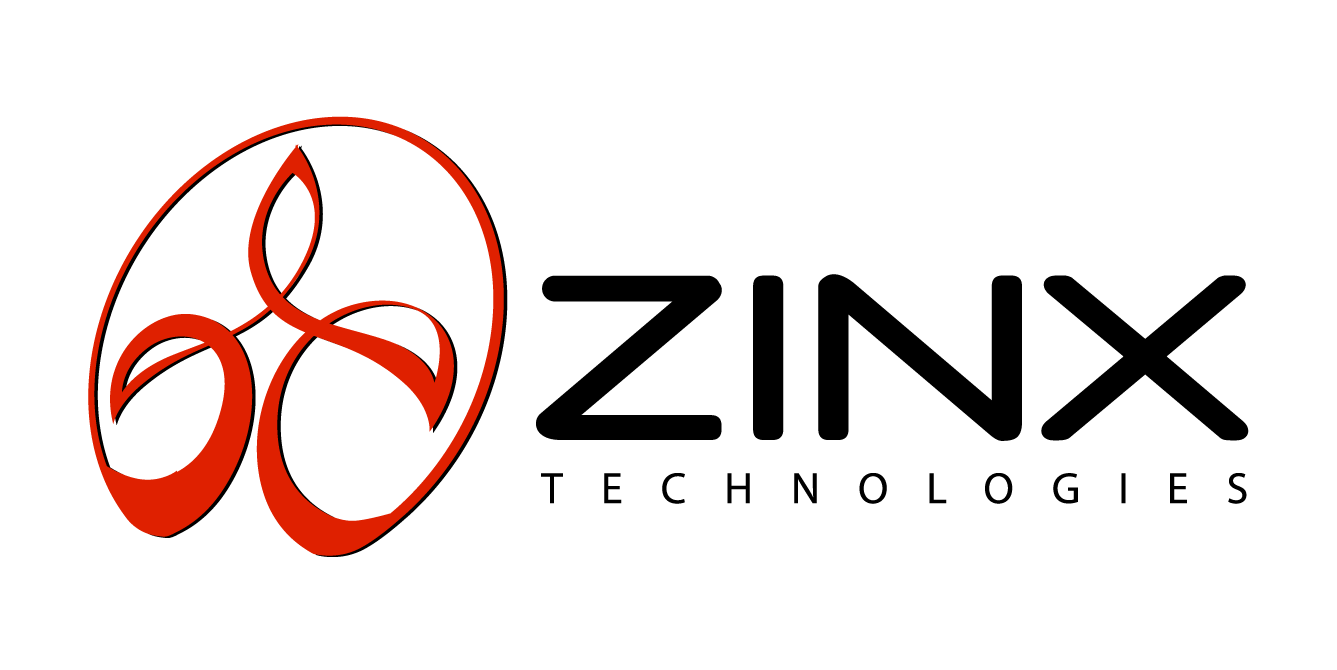It should be easy to identify governments on the internet.
.gov is the top-level domain for US-based government organizations.
About us
.gov puts US governments on the internet.
Bona fide government services should be easy to identify on the internet. The DotGov Program, part of the General Services Administration, operates the .gov top-level domain (TLD) and makes it available to US-based government organizations, from federal agencies to local municipalities. Using a .gov domain shows you’re an official government organization.
We make it easy to register a .gov domain name and ensure that the name resolves in the global domain name system (DNS). DNS maps easy-to-remember names on top of hard-to-recall numbers, allowing you to use gsa.gov instead of 54.85.132.205.
Since .gov domains are intertwined with access to government services, we work to make .gov a trusted, secure, and authoritative space: we publish our policies, recommend security best practices, and make .gov domain data publicly available.
As the policy and management authority for the .gov TLD, we put US governments on the internet, but there are some things we don’t do. DotGov doesn’t provide managed DNS services, host .gov websites or email, or monitor all .gov network traffic.
Recent updates
June 21, 2020: Today, the DotGov Program announces our intent to preload the .gov TLD in the future. We believe the security benefits that come from preloading are meaningful and necessary to continue meeting the public’s expectation of safety on .gov services. We believe that government websites should always be secure. Click here to learn more about the steps we are taking to reach this goal.
March 5, 2020: Effective on March 10, 2020, the DotGov Program will begin requiring notarized signatures on all authorization letters when submitting a request for a new .gov domain. This is a necessary security enhancement to prevent mail and wire fraud through signature forgery in obtaining a .gov domain. This step will help maintain the integrity of .gov and ensure that .gov domains continue to be issued only to official U.S. government organizations.
July 17, 2019: We’re implementing a new DNS security measure for all .gov domains to help mitigate future risks associated with DNS hijacking incidents. Click here to learn more about DotGov’s new DNS auto-notification emails.
December 6, 2018: You can now add a security contact to the .gov registrar. See our new domain security best practices.
Government-Managed Domains Outside the .Gov and .Mil Top Level Domains
Overview
As the U.S. government’s official web portal, USA.gov (External link) searches across all federal, state, local, tribal, and territorial government websites. Most government websites end in .gov or .mil, but many end in .com, .org, .edu, or other top-level domains.
In support of USA.gov and M-17-06 - Policies for Federal Agency Public Websites and Digital Services (External link), Search.gov maintains a list of all public government domains that don’t end in .gov or .mil.
How to Update the List
Federal agencies are required (External link) to submit to Search.gov all non-.gov websites for inclusion in the list. This includes subdomains of a second-level domain managed by a third party, and federally controlled subfolders of a domain managed by a third party.
Review the list of federal non-.gov domains (External link)
You can also search for specific domains using the search box at the top of the page.
Quasi-governmental entities are listed here (External link).
To submit updates, you can open an issue in GitHub (External link), or email them to Search.gov, such as notice of decommissioned sites, or updates to existing domains. Any new sites must use a .gov or .mil domain (External link).
State or local agencies can browse the list by by level of government (External link), you can sort by state by downloading the .csv file to your computer. Please email updates or additions to the Search team, or open an issue in GitHub (External link).
What’s Included in The List?
Federal, state, local, tribal (External link), commonwealth, and territorial government agency websites
Federal reserve banks and branches (External link)
Federal home loan banks (External link)
Libraries, archives, and museums, including Presidential libraries (External link)
Department of Defense websites for recruiting (External link) and service academies (External link)
Travel and tourism (External link) websites for states and U.S. territories
State lotteries (External link)
Cooperative extensions (External link)
Combined federal campaigns (External link)
Government sponsored enterprises (External link) (such as Fannie Mae)
Federal and state retirement systems
Task forces (such as the Preventive Services Task Force) and commissions (such as the 9/11 Commission)
A few select, non-goverment organizations (such as the Red Cross) and public-private partnerships
What’s Not Included in This List?
.gov URLs - these are managed by the .gov Registry (External link)
.mil URLs - these are managed by DOD (External link)
Subdomains or folders that are already covered by a higher-level domain
State institutions of higher education or their board of regents
K-12 school districts
Local fire, library, police, sheriff, etc. departments with separate websites
Local chambers of commerce or visitor bureaus
Nonprofit municipal leagues or councils of government officials
Nonprofit historical societies
Transit authorities
